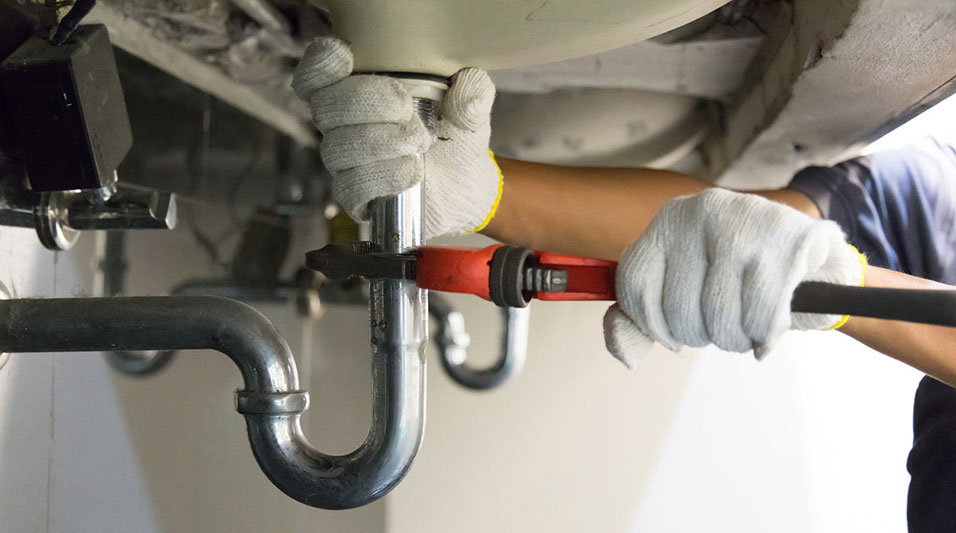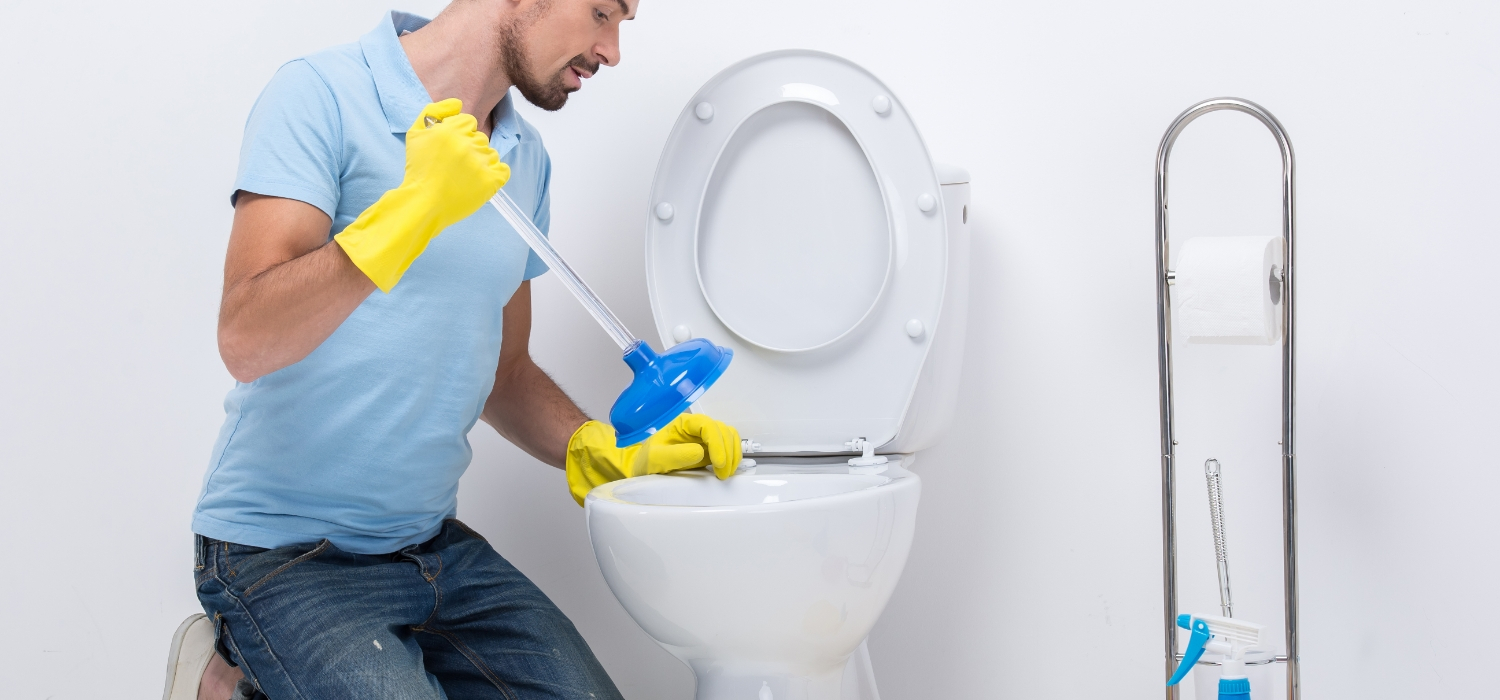Methods for Tackling a Blocked Drain Before Calling Expert Help
Methods for Tackling a Blocked Drain Before Calling Expert Help
Blog Article
Just how do you actually feel in relation to Tips for Dealing with Clogged Drains and Sewer Lines?

Intro
Managing a blocked drainpipe can be an irritating experience, disrupting everyday activities and possibly causing damages to your residential or commercial property. Nevertheless, prior to connecting to pipes professionals, there are steps you can require to deal with the problem yourself. In this guide, we'll explore DIY services and preventive measures to tackle an obstructed drainpipe properly.
Recognizing the Problem
The first step in attending to an obstructed drain is recognizing the indications. Slow water drainage, gurgling sounds, foul odors rising from drains, or water backing up are common indications of a blocked drain. Determining these indicators early can help stop better difficulties.
Choosing the Right Pipes Solution
When selecting a pipes solution, consider factors such as experience, licensing, and consumer testimonials. Select a trusted plumbing technician with a track record of quality workmanship and transparent rates methods.
Price Factors to consider
The cost of specialist drain cleaning company can vary depending on the extent of the obstruction and the plumbing technician's prices. Demand quotes from numerous providers and ask about any type of additional charges to make certain openness and prevent shocks.
Security Precautions
When attempting DIY drain cleansing, prioritize security. Put on protective gloves and eyeglasses to prevent contact with harmful chemicals or microorganisms. Never mix different drain cleansing items, as this can produce dangerous fumes.
Case Studies
Real-life examples highlight the efficiency of DIY services and the significance of prompt expert treatment in dealing with drainpipe clogs.
Common Reasons For Blocked Drainpipes
Recognizing the aspects that contribute to drain obstructions is essential for efficient resolution. Usual wrongdoers consist of hair, soap residue, grease, food debris, and international objects like sanitary products or paper towels. Tree roots attacking below ground pipelines can additionally create significant blockages.
Do it yourself Solutions
For small obstructions, a number of do it yourself services can be reliable. Putting boiling water down the drainpipe can aid dissolve oil and particles. Sodium bicarbonate and vinegar or a blend of salt and cooking soda can act as all-natural cleaners. Making use of a plunger or pipes snake to displace blockages is another choice.
Devices and Devices
Having the right devices available can make do it yourself drainpipe cleansing extra effective. A plunger is a flexible tool for getting rid of obstructions in sinks, bathrooms, and showers. A plumbing serpent or auger can get to much deeper blockages, while drain cleansing chemicals can be utilized carefully for persistent obstructions.
Safety nets
To stay clear of future clogs, adopting safety nets is crucial. Install drain guards or strainers to catch hair and debris prior to they enter the pipes. Consistently flush drains with warm water to dissolve oil build-up, and prevent taking care of grease or strong waste down the drain.
When to Call a Professional
While DIY solutions can solve minor blockages, specific indications show the demand for specialist assistance. Consistent blockages, foul odors in spite of cleaning up efforts, or multiple drains pipes backing up concurrently are red flags that require professional intervention.
Final thought
By complying with the ideas detailed in this guide, you can properly take on blocked drains and stop future pipes concerns. Whether choosing do it yourself solutions or looking for professional assistance, timely activity is essential to keeping a healthy and balanced pipes system and protecting the stability of your home.
How to Clear a Clogged Drain Yourself (And When to Call In the Professionals)
What Can Clog a Drain
Dirt Skin flakes Hair Grease Soap scum Food Offset pipes Tree roots Small objects Mineral buildup DIY Tricks to Unclog a Drain
You can fix this! Once you have identified the source of the clog (or have a vague idea), you can try one or a combination of these fixes in order to clear your plumbing.
Wire Hanger or Snake
Untangle and clear out hair from a drainpipe with a homemade snake. Use a straightened-out wire hanger with a 90-degree angle hook to locate the clog and drag out any unwanted material.
Remember not to push the clog further down to where the wire hanger cannot reach! If you need to follow up with a plunger, give it a try. Your efforts might be more successful after it’s been wire-snaked.
If you want to get fancy and don’t have a wire hanger to spare, head to the store and pick up a hand-operated drain snake. You can get one for $10-$30. It may save you the hassle, and provide additional length to reach deep into the clogged pipe.
Plunger
A cup plunger has a suction cup attached to a wooden handle. The rubber creates a seal around the drain, and increases the pressure force of the plunger.
Plunge for 30-second increments to loosen the clog. This may need to be repeated over the course of 15-20 minutes. Once plunged, run the water to flush the remaining material out of the drain.
Remember– never use a plunger if you have used a chemical drain cleaner. These chemicals can splash up from the force of the plunger and cause serious injury or burns.
Boiling Water
Hot water can sometimes break up materials into a flushable amount. Dirt, grease, and soap buildup requires heat in order to unstick from surfaces.
Take your kitchen kettle and heat your water to a boil. Once it reaches a rolling boil, pour it directly down the drain into the blockage. Carefully follow with plunging, if necessary.
Don’t worry if this takes more than one try! It can often take multiple kettles and repeated plunging in order to clear a particularly stubborn clog.
Chemical Drain Cleaner
As a last resort, pick up a bottle of chemical drain cleaner. Drain-cleaning chemicals are potent, and not very good for the environment.
You may need to wear protective eyewear in gloves before handling your bottle of chemical drain cleaner. Follow the instructions printed on the bottle, and flush with water as soon as the instructions allow. Do not follow with plunging.
Baking Soda and Vinegar
As a safer alternative to chemical drain cleaner, baking soda and vinegar can create a chemical reaction that clears tough clogs.
Combine one cup of cleaning vinegar with one cup of boiling water, and set aside. Once you have done this, pour half a cup of baking soda down the drain. Give the baking thirty seconds to settle and cover a large portion of the problem drain.
Following the baking soda, pour down your vinegar and hot water solution. Once the vinegar and baking soda combine, the mixture will bubble and fix. Let this reaction fizzle in the drain for about an hour.
After an hour, follow with a kettle’s worth of hot water. The heat and liquid should flush out any remaining material.
When to Call a Plumber
If your DIY attempts haven’t cleared your clog drain, it’s time to call in a professional. It’s not worth losing access to your kitchen sink or high-traffic bathroom. A clog in a vital area can keep you from the things you’d rather be doing, and derail your routine.
Anytime a clog is causing water to spread is a time to call in a plumbing service. What starts out as a little bit of water can quickly grow into serious, expensive water damage.
Additionally, a serious clog can result in burst pipes or serious leaks. Make sure you know when to take it seriously!
https://myguysnow.com/how-to-clear-a-clogged-drain-yourself-and-when-to-call-in-the-professionals/

Do you appreciate reading about ? Post feedback down below. We would be happy to find out your feelings about this posting. In hopes that you visit us again before long. If you appreciated our post please make sure you remember to pass it around. I treasure reading our article about 8 Tips For Clearing A Blocked Drain.
Instant Quote Report this page